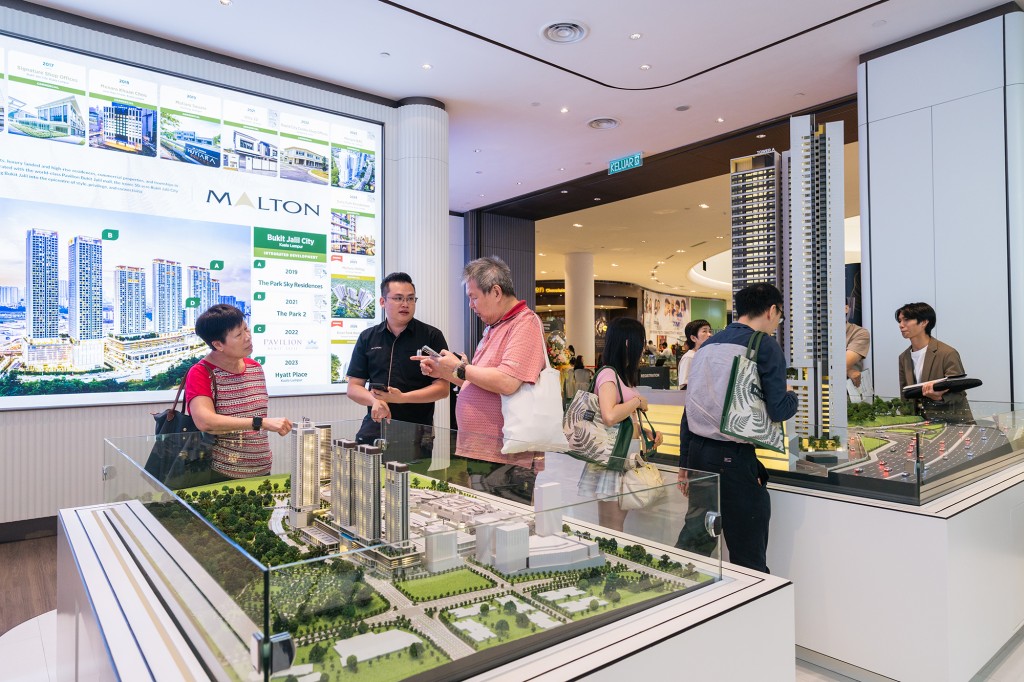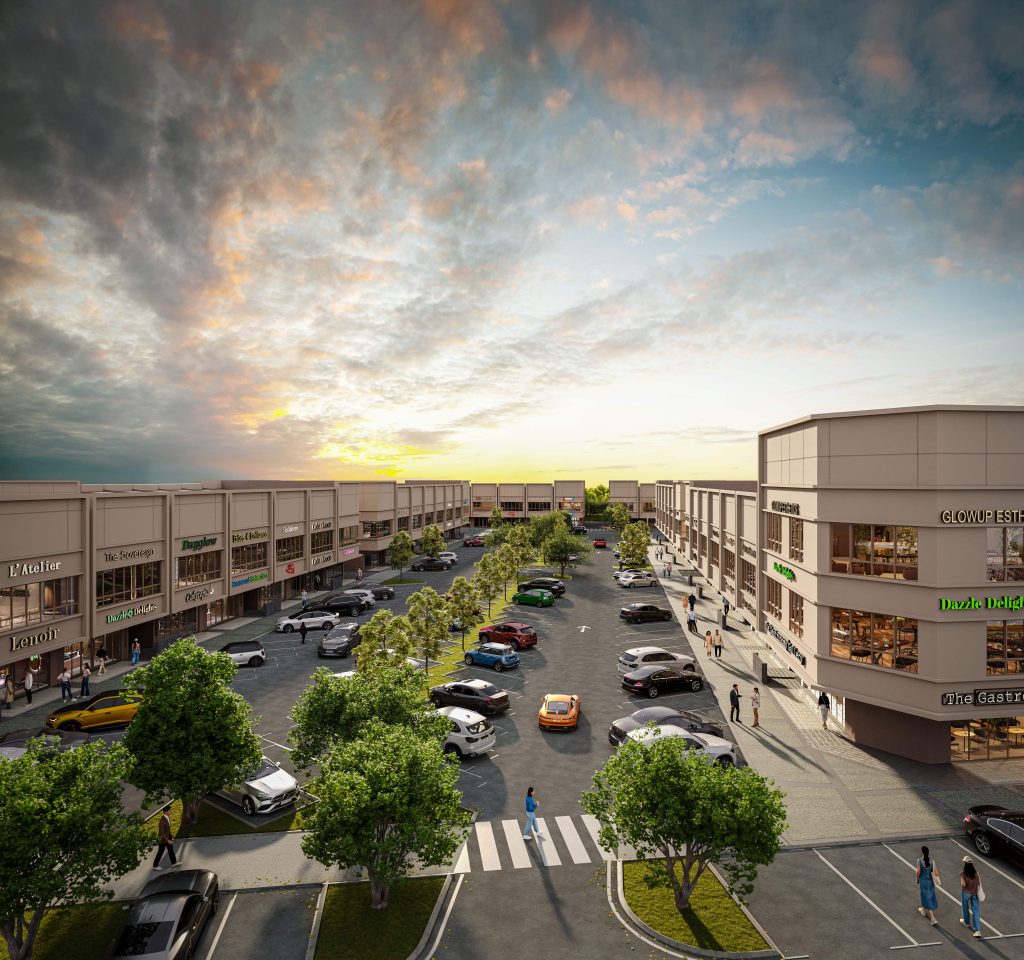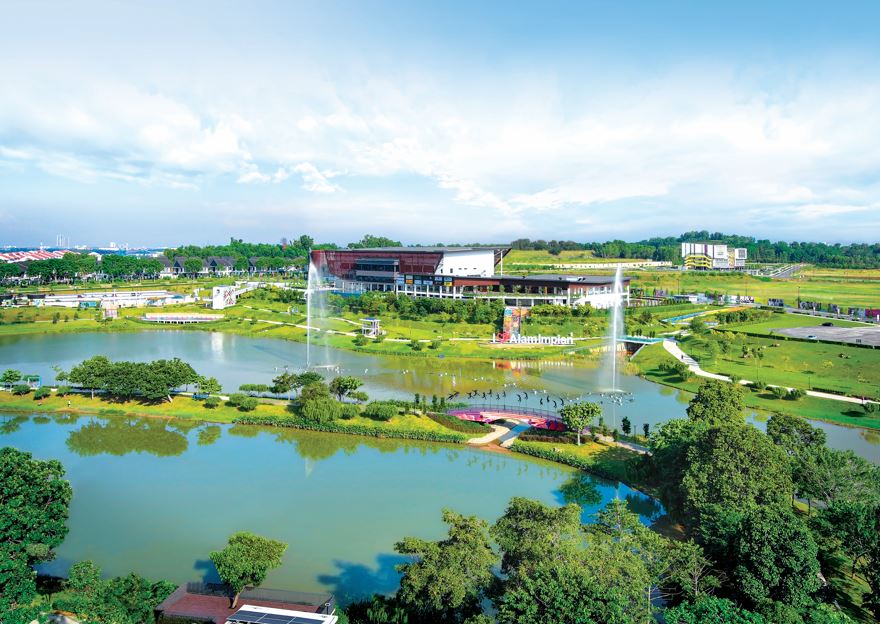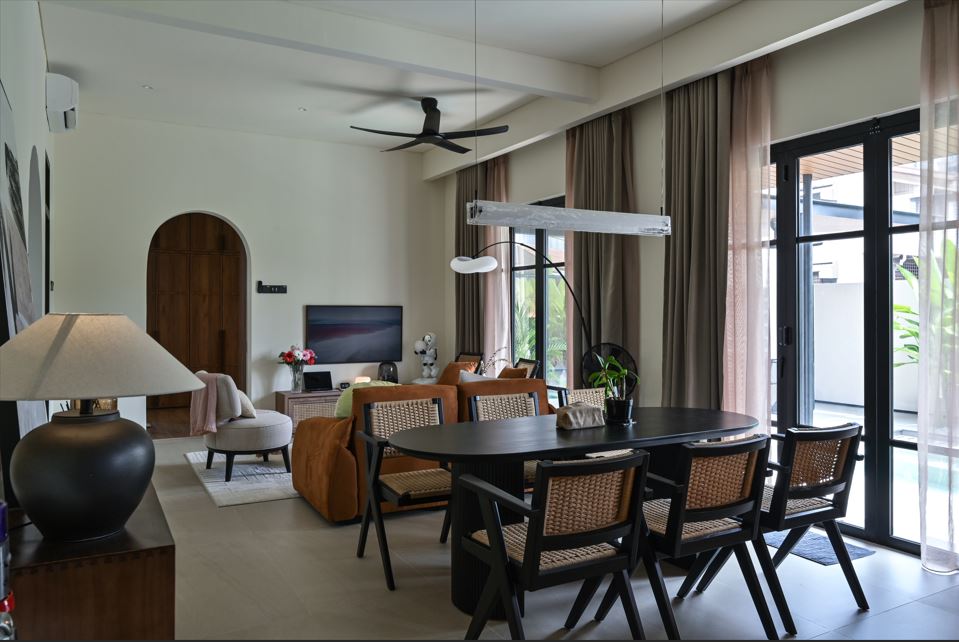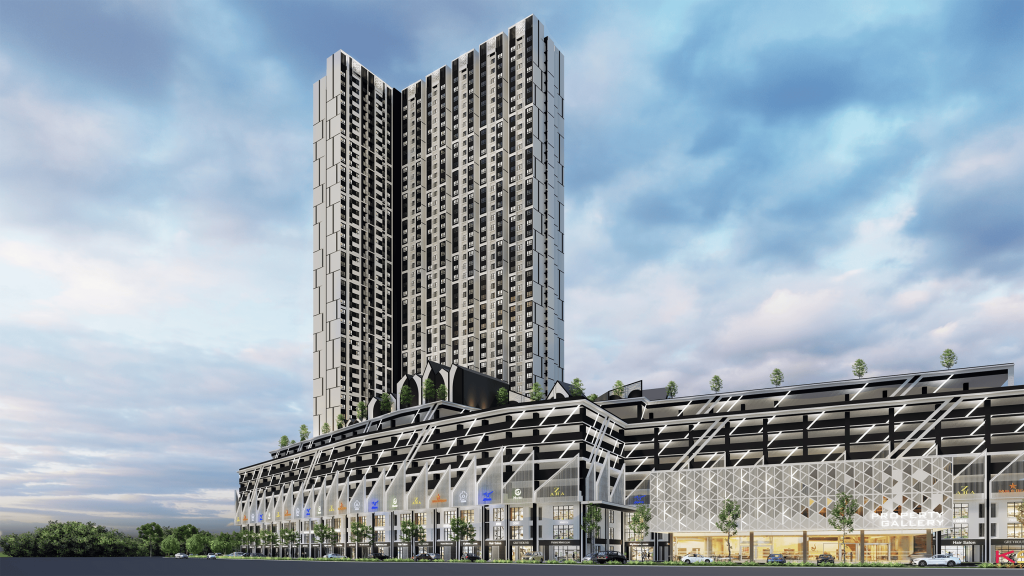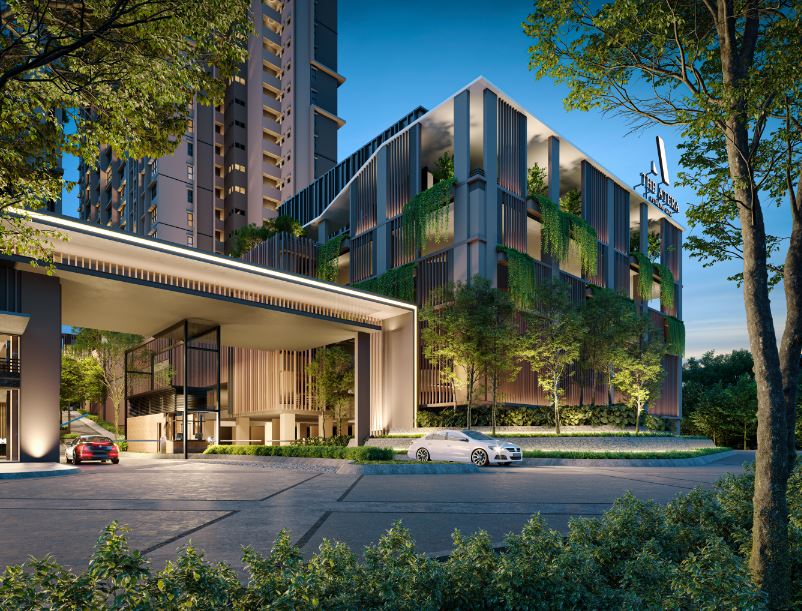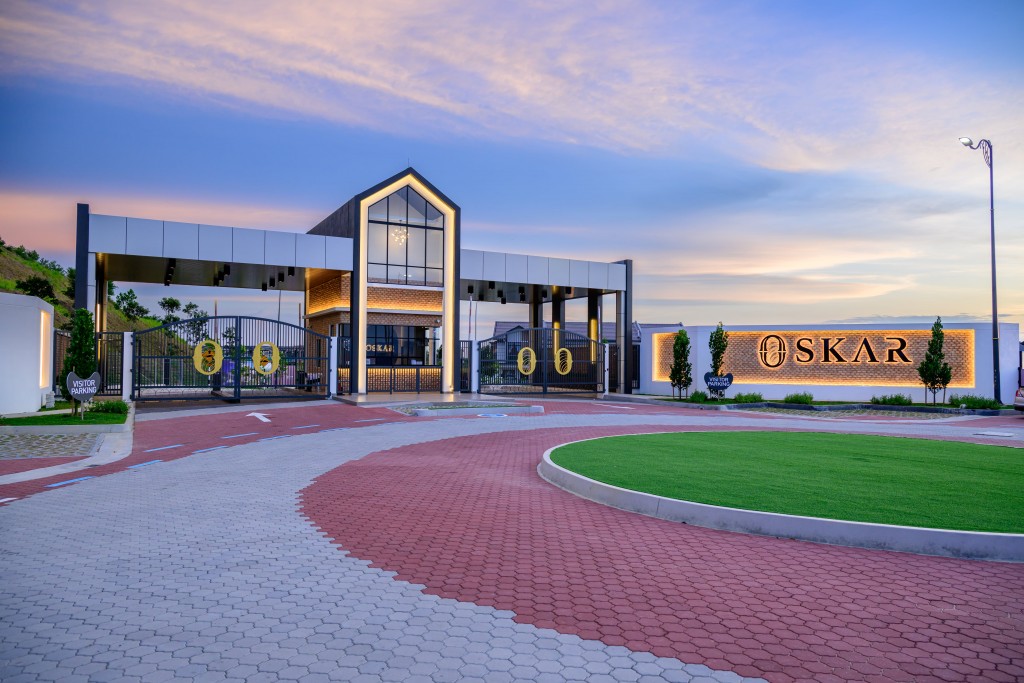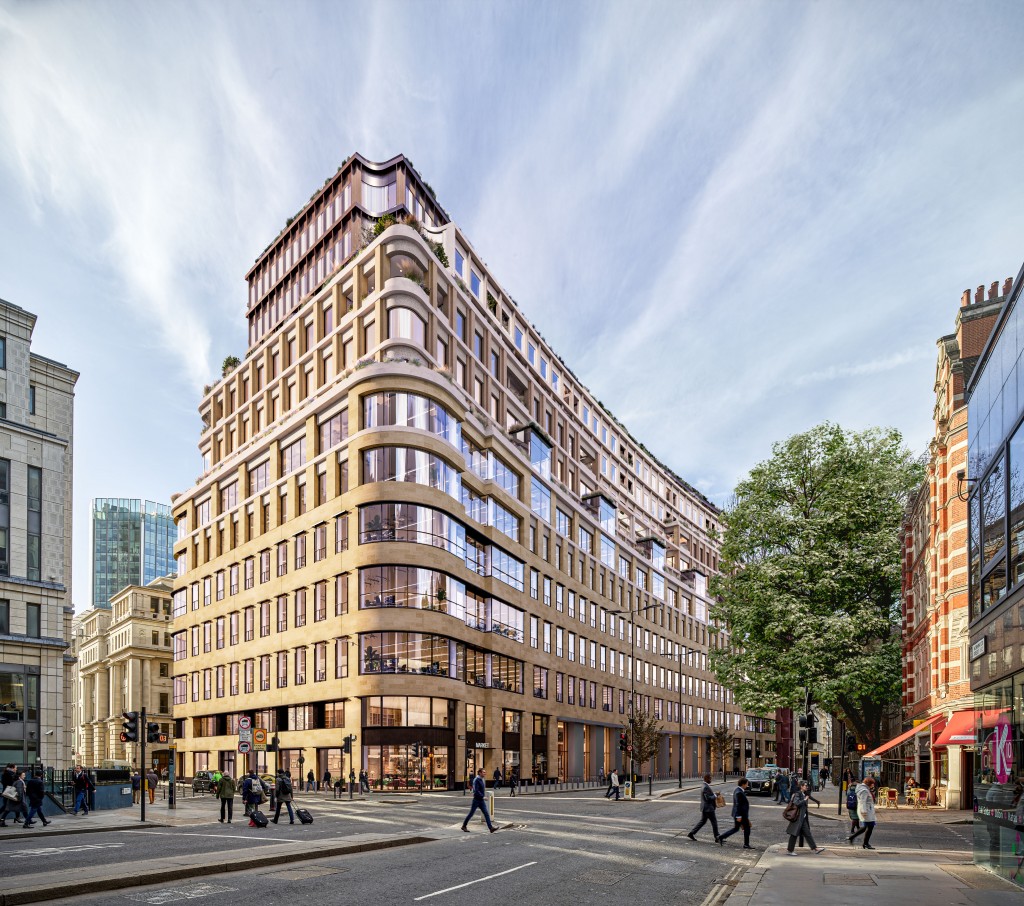Malaysia is widely recognised for its stunning skyline, placing fourth globally in the number of skyscrapers. According to the Council on Tall Buildings and Urban Habitat (CTBUH), the country boasts an impressive 358 structures that soar above 150m (492 ft). The skyscraper era in Malaysia began in 1978 with the construction of its first skyscraper, Menara Bumiputera (today known as Menara Bank Muamalat), in Kuala Lumpur. Since then, the city has evolved into a vibrant metropolis renowned for its striking high-rise buildings. Beyond Kuala Lumpur, significant skyscraper developments can also be found in George Town and Johor Bahru.
Currently, Malaysia is home to 304 completed buildings that exceed 150m in height, with 83 of them surpassing 200m (656 ft) and eight reaching over 300m (984 ft).
What makes a tall building?
The concept of what constitutes the tallest buildings has transformed significantly over the years. In the past, height might have been measured strictly by the height of the structure itself but today’s standards often take into account spires and various architectural embellishments. This shift makes the task of comparing skyscrapers from different time periods difficult yet interesting. Delving into historical archives, architectural publications and building records can provide insights into the structures that once ruled the skyline. Local historical societies and architectural groups often hold crucial information about how urban landscapes have changed over time.
Identifying every instance of the tallest building presents its challenges, yet a clear trend emerges. Malaysia's skyscrapers have steadily risen in height over the decades. This constant trend reflects not only the advancements in construction techniques and design but also in the broader economic development of the country and its growing role in the global market. The trend toward taller buildings is commonly viewed as a testament to progress and a symbol of a nation's aspirations.
Past glories
In earlier times, before the iconic skyscrapers emerged, Malaysia's tallest structures were pretty modest. Colonial architecture dominated the urban landscape, with landmarks like the Sultan Abdul Samad Building and Carcosa Seri Negara standing as symbols of architectural achievement at the time. Although impressive in their own right, these buildings are a far cry from the towering structures that would later reshape the city’s silhouette.
The rise of skyscrapers in Malaysia can be traced back to significant construction booms in Kuala Lumpur during the 1970s and 1980s, a period characterised by continuous height record-breaking achievements. The Sime Bank Building, now known as the Takaful Building, was the first to surpass 100m (328 ft) in 1971. Then came the Bank Muamalat Building, marking the country's first skyscraper under CTBUH guidelines in 1978.
The Dayabumi Complex in Kuala Lumpur is another noteworthy structure to highlight. Finished in 1984, this complex is known for its unique Islamic architectural elements and has long been a prominent aspect of the city's skyline. Although it may not have held the title of the tallest building in Malaysia for a long time, its architectural importance and role in shaping Kuala Lumpur's skyline are certainly significant.
In 1985, George Town's Kompleks Tun Abdul Razak (Komtar) became the first to exceed 200m. The 52-story Menara Telekom, completed in 1990, became a significant landmark, its unique design and towering height making it a prominent feature of the Kuala Lumpur skyline. This building, with its distinctive sloping facade and telecommunications spire, represented a bold new direction in Malaysian architecture.
KL Tower
The KL Tower opened to the public on July 23, 1996 and was officially launched on October 1, 1996. This impressive structure represents one of the most ambitious projects in Malaysia's history. When the construction of the tower was completed, the fourth phase began. On September 13, 1994, the antenna mast was installed, marking the final height of the tower at 421m above ground level. While it serves as a state-of-the-art centre for telecommunications and broadcasting, the tower is also a symbol of innovation, combining retail, leisure and entertainment.
The Twin Towers
All of these achievements were ultimately overshadowed by the arrival of a true architectural marvel, the Petronas Twin Towers. Completed in 1998, these iconic structures redefined the Kuala Lumpur skyline and skyrocketed Malaysia onto the world stage. Standing at a height of 452m (1,483 t), the Petronas Twin Towers held the title of the world's tallest buildings for several years and remain the tallest twin structures in the world to this day.
Their distinctive design incorporates Islamic motifs alongside modern architectural elements. The construction of the Petronas Twin Towers marked a groundbreaking chapter in the nation's architectural journey, showcasing Malaysia's capability to handle large-scale projects with finesse. Beyond their physical stature, these towers became the icons of Malaysia, highlighting the creativity and industriousness of the Malaysian people.
What about the remarkable Merdeka 118? Standing at an impressive height of 678.9m (2,227 ft), this architectural marvel is currently the second-tallest building in the world and features the highest observatory in a spire. However, it is essential to clarify that while it commands attention, it never officially gained the title of Malaysia’s tallest building, which continues to belong to the iconic Petronas Twin Towers.
The narrative of Malaysia's skyscrapers is an ongoing drama that mirrors the nation’s transformation from its early developmental phases to its present status as a modern society. The Petronas Twin Towers are celebrated as the pinnacle of Malaysian architectural achievement among twin structures, yet the emergence of innovative buildings indicates that the nation’s skyline will continue to dazzle.
The future of Malaysian architecture is set to be as captivating and progressive as its past, with each new construction contributing significantly to the urban landscape. The pursuit of architectural excellence is still obvious and Malaysia’s skyline will undoubtedly continue to reach ever greater heights.
This article was first published in Starbiz7.
Stay ahead of the crowd and enjoy fresh insights on real estate, property development and lifestyle trends when you subscribe to our newsletter and follow us on social media.


